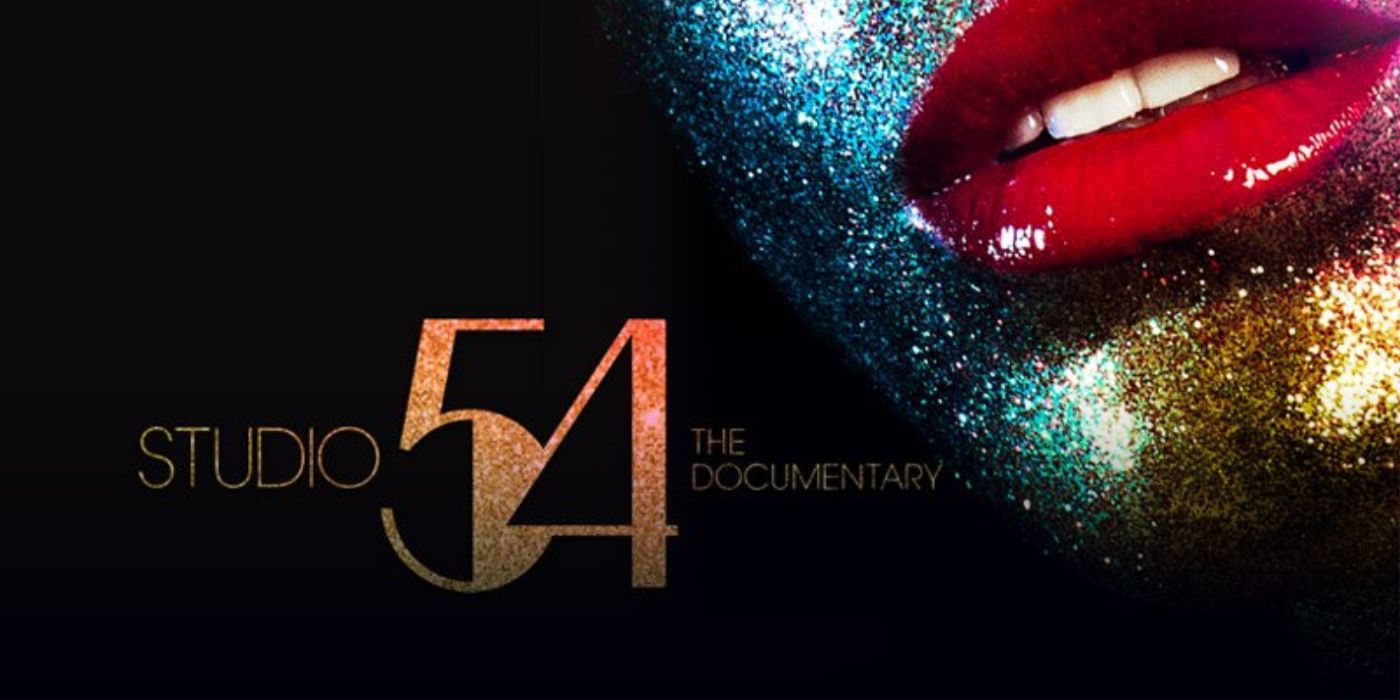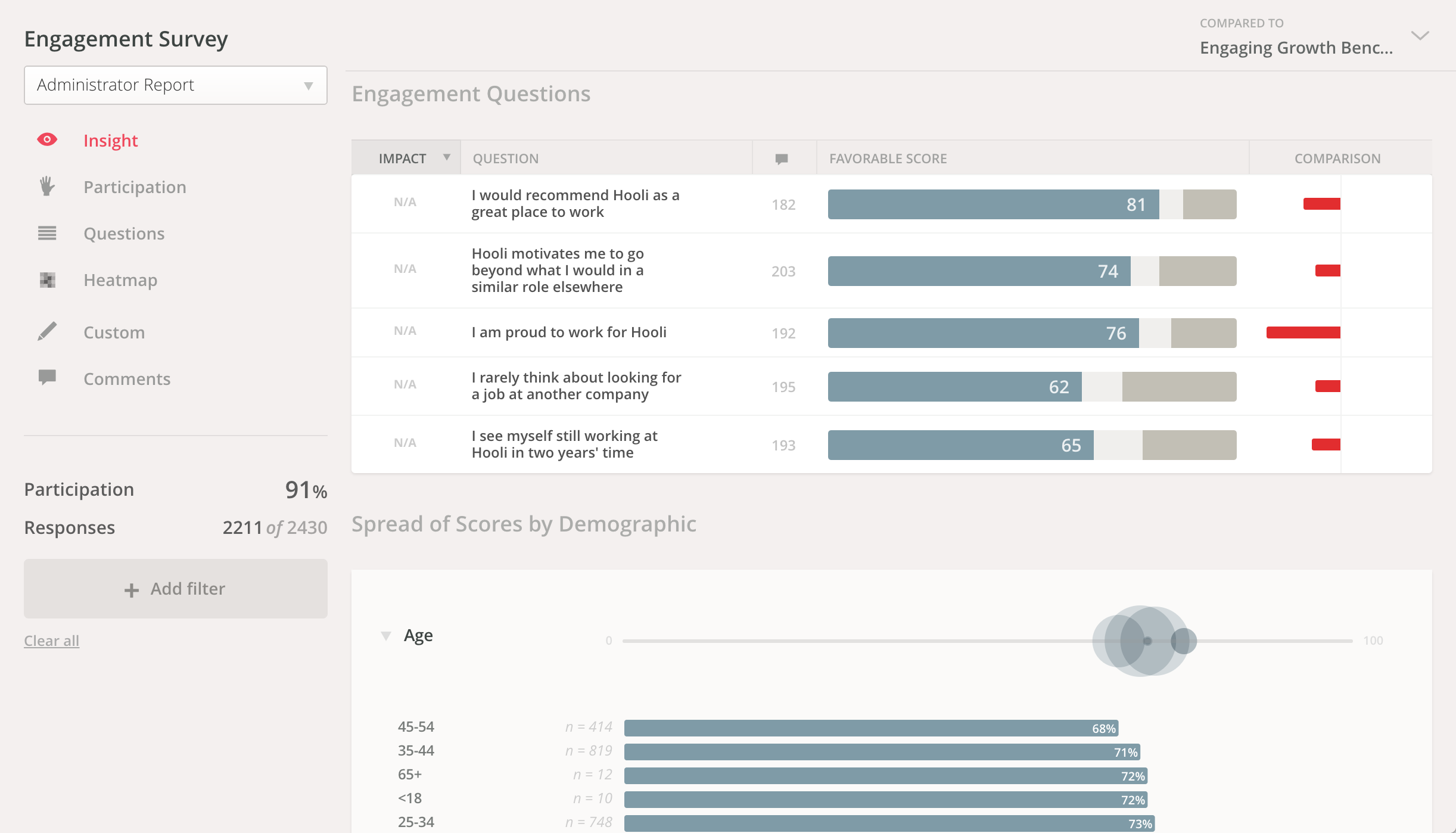


We would dance for hours and hours without stopping.

12 West was all the way west, and as soon as you got near enough to hear the music, we would start dancing in the street, because it was a mania to dance. Or it may just be that I was younger and more impressionable. 12 West came later.įran Lebowitz, author ( Metropolitan Life, Social Studies): I remember the Tenth Floor as being one of the best places-maybe because it wasn’t packed, and it didn’t have that commercial feeling that the later clubs had. The white gay boys went to the Tenth Floor. The Prince Street Loft was more mixed-black and Spanish gay boys, and girls. The original Loft was very gay, with a sprinkling of straights. SoHo really had nothing to do with anything fashionable, except for the Loft. collective) founder, Def Mix Productions: In 1975, David moved to 99 Prince Street, so that became the second Loft. Judy Weinstein, manager of the Loft manager of the Record Pool (a D.J. He had a big table of punch, pretzels, fruits … it was very hippie in a way. It was a party, it was private, it was all night, and it was only open one night a week. It was literally David Mancuso’s loft on lower Broadway. Vince Aletti, disco columnist, Record World, 1974–78 author, The Disco Files: The Loft was the first club that I remember having this kind of blend of music. Nile Rodgers, songwriter, guitarist, producer, co-founder-with bassist Bernard Edwards-of Chic (“Le Freak,” “Good Times”): Bernard and I were typical R&B and funk musicians, and we knew that if we could get people on the dance floor we could get a record deal. Flashing strobe lights, amyl nitrite, quaaludes, swirling sweating bodies, and a pulsating, four-to-the-floor ( boom-boom-boom-boom) high-energy rhythm-all energized by the music that became known as disco. The clubs, the music-the experience is recalled in an almost psychedelic haze. No one who was there then and is still here now remembers it the same way. These were sophisticated spots where, by the end of the decade, one heard such erotic songs as Serge Gainsbourg and Jane Birkin’s steamy duet “Je T’Aime … Moi Non Plus” and Isaac Hayes’s dreamy, 12- minute version of “Walk On By.” But most agree that none of this really mattered until the early 1970s, when gay underground dance clubs in New York-the Loft, Tenth Floor, 12 West, Infinity, Flamingo, and, later, the Paradise Garage, Le Jardin, and the Saint-spawned a disco culture that brought with it open drug use, on-site sex, and ecstatic, nonstop, all-night dancing. Some say the 1960s Parisian club scene-Chez Castel, Chez Régine-started it all.


 0 kommentar(er)
0 kommentar(er)
